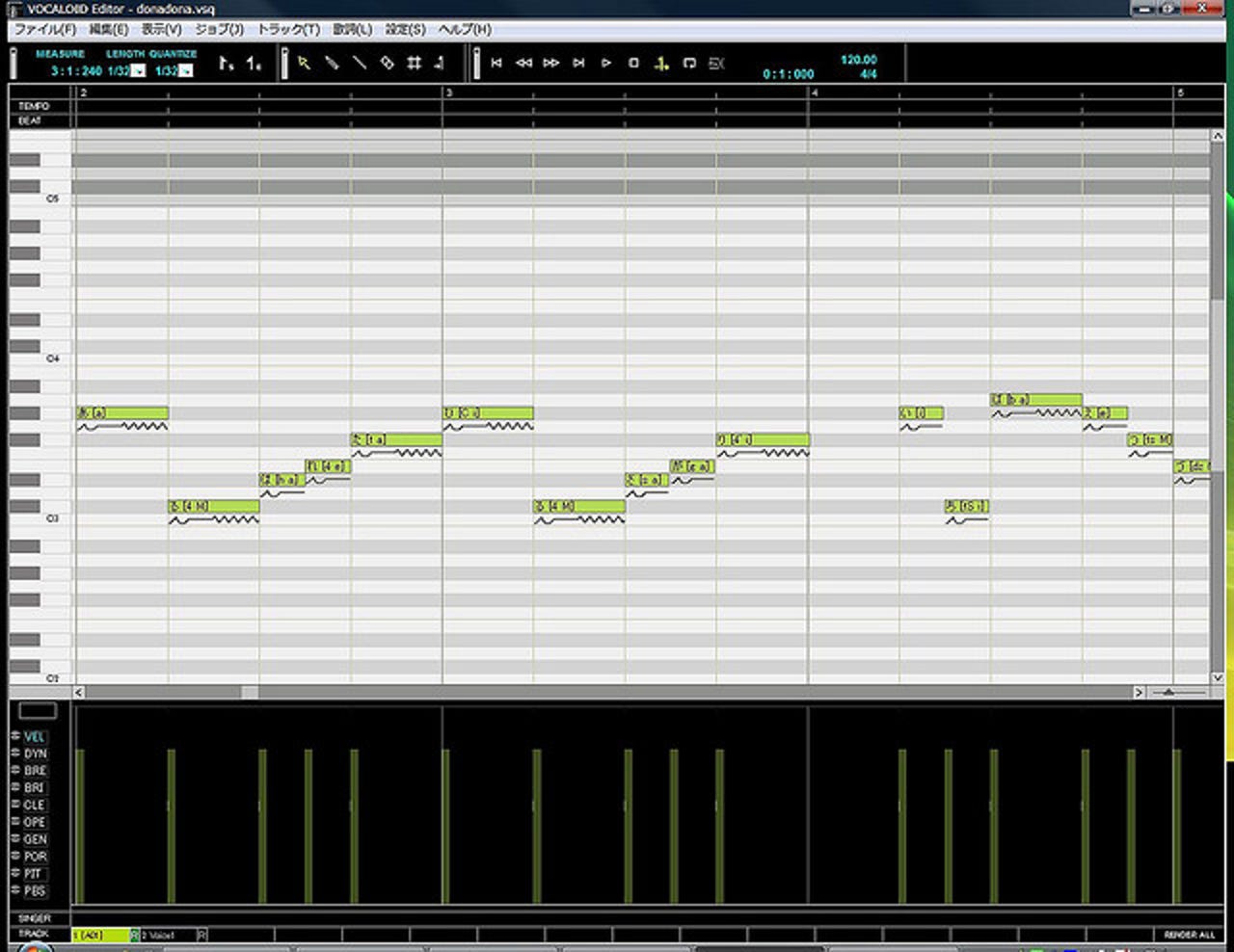'Vocaloid keyboard' makes virtual live performances possible: video

Yamaha has revealed its new Vocaloid Keyboard, which allows users to create live performances of synthesised singing by inputting lyrics and pitch at the same time.
The process is fascinating to watch. It is designed in such a way that one hand is used to enter the correct 'lyrics' with a combination of consonants and vowels to produce the various phonemes. The other hand uses the traditional keys to decide the pitch of each sound simultaneously.
It looks tricky to say the least, and probably takes a few hours to master, but it also makes it possible to perform with the Vocaloid live for the first time. Previously, users had to produce songs using the Vocaloid software, entering each note separately in a time consuming process.
Until now any live performances of Vocaloid songs have been pre-recorded, but the absence of a physical singer hasn't stopped successful shows.
Hatsune Miku, Japan's foremost virtual idol, has performed on a number of occasions through projections. As a brand, Miku is on a level with musicians like Lady Gaga or Madonna without even having to exist.
Vocaloid is a synthesised voice programme, designed to produce realistic vocals that can then be used for other projects. Using samples from a real singer, Vocaloid allows just about anyone to produce their own music to share.
In fact sites like Japan's Nico Nico Douga, a video-sharing like website, has forged entire communities around these Vocaloids. Users create videos and songs to share.
Hatsune Miku, an anthropomorphism of the software, has become a Japanese sensation. 'She' advertises Google Chrome, stars in her own manga series, and has her own rhythm game.
There are English versions of the software available. However, the Vocaloid movement has not really gained momentum in the west. In Japan the use of virtual synthesised singers has become acceptable in mainstream music.
"Especially in Japan, Vocaloid is not considered as a substitute for human singing," said Yamaha researcher Hediki Kenmochi, "but a kind of new musical instrument."
Certainly the uncanny aspect of the software is a contributing factor in its lack of success in the United States. The prospect of virtually produced vocals dominating the charts is not particularly popular, and would no doubt draw criticism in the same way that auto-tune has.
The technology is not able to truly mimic a performance yet, the human voice having too many variables like breathing, whispering or screaming. A performer using Vocaloid wouldn't be able to produce a credible cover of an artist like Bjork or Marilyn Manson, for example.
However the software is constantly being improved upon, and has most recently been used to 'resurrect' the voices of dead musicians. It is now possible to build a library based on a deceased musicians voice, and last year they managed to recreate the voice of Hitoshi Ueki, a Japanese vocalist who died in 2007.
For many the reaction to this type of use is mixed. Whilst it might be able to roughly recreate the voices of the wonderful singers of the past, how many people would actually want to listen to it?
Of course, the legal ramifications of producing a brand new Elvis song or Michael Jackson album using the software would also be tricky.
For living musicians who, for any reason, lose their voice -- this could be a blessing in disguise. Now, with this new keyboard, singers could perform live without ever having to utter a single note.
There is no need to ring the death knell of traditional singing just yet, though. Singers might have considered live performance to be something sacred and irreplaceable, and it is.
In much the same way that listening to the studio version of a song is incomparable to watching it performed live, watching a live performance from a keyboard has none of the personality or stage presence of reality.
This keyboard is a sign that the next step for Yamaha may well be creating a Vocaloid that sounds natural and can be used in real-time. Alternatively, it may be archiving voices of singers we have lost. Either way, it will still be years before we see those results.
The keyboard is, of course, only available in Japanese so far. Equally, the product is not intended to be commercial, but the technology could be picked up by interested parties in the future.
Image source: Hideki Saito/Flickr.
Related:
